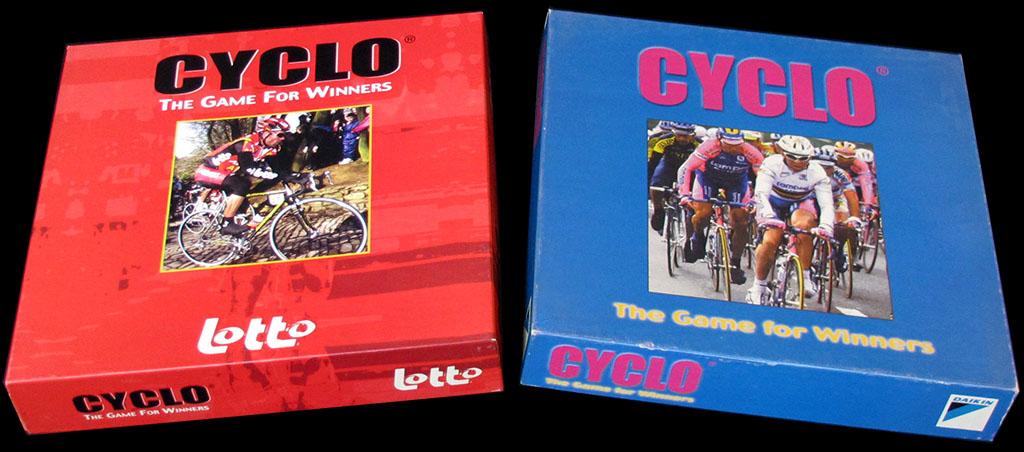
Dirk Donvil/Daikin, Belgium, 1998CYCLO
THE GAME FOR WINNERS

This is a game with a long story (part of which is explained in the MAKING CYCLING GAMES section). The game originated in the 1960s in the Donvil family, was further developed by Dirk Donvil, and was finally published as a promotional item for Daikin (red box) in 1999 and for Lotto (blue box) in 2002.
When I first reviewed the game, I wrote: "The rules of the game are quite simple but potentially interesting. It is just a dice game, but it could have been the definitive cycling dice game. Unfortunately, it doesn't really work. The riders are too big for the board, or maybe there are too many riders, since the board is quite big. What's worse, the riders tend to fall. The game, unfortunately, turns out to be quite unplayable."
Dirk Donvil, the game inventor, contacted me to clarify that budget restrictions were responsible for these problems. He even sent me extra rules that had been left off the game (see below). Then, many years later, Dirk contacted me again and informed me that he was working on a new version of the game, which has finally been released in 2025, with the name shortened to "Cyclo The Game", which you can see here. So what you are reading is a short description of the old version(s) of the game.
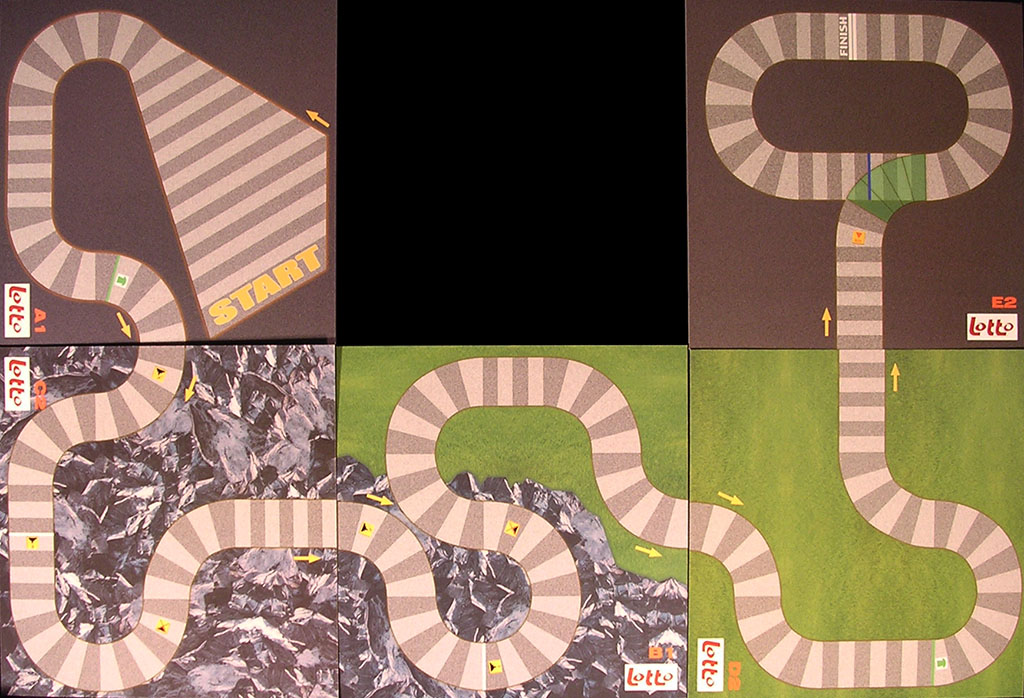
The bicycle-shaped board is formed by 5 reversible modules, 30 x 30 cm each. You need a big table to play, and one that is very stable, since it is quite frustrating to have to interrupt the game due to a mass fall. The boxes, by the way, measure 31 x 31 x 6 cm.
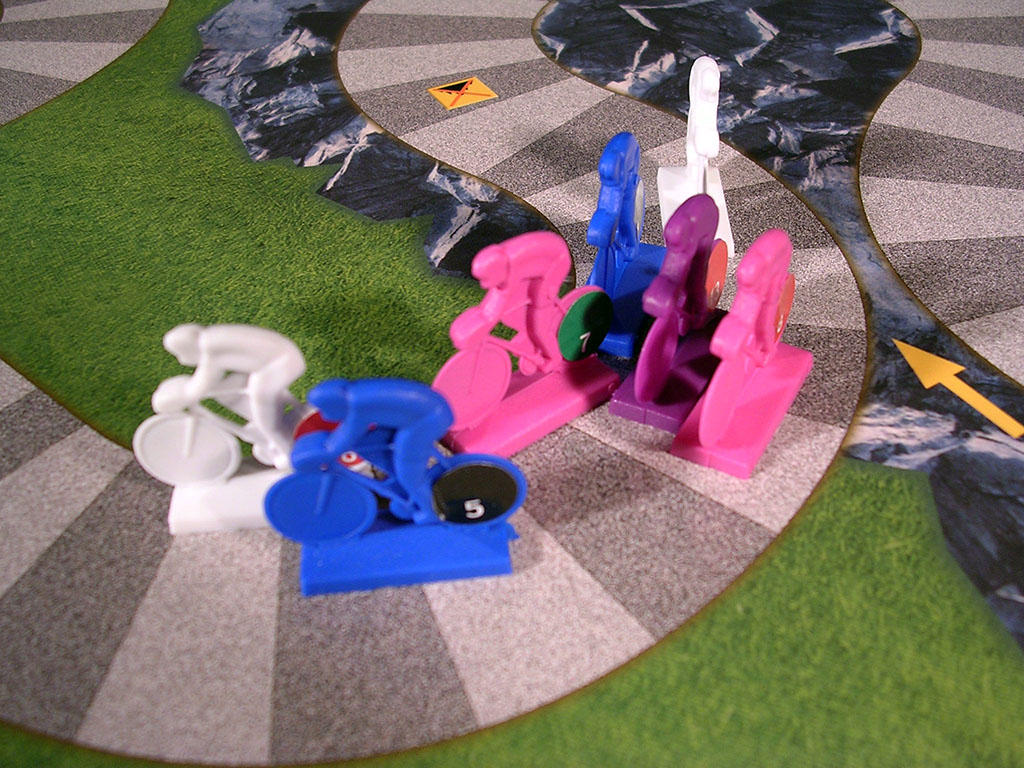
Let me explain the mass fall issue: Though everything looks correct on the picture above (well, slightly out of focus, but that is my fault, not the game's), there are just seven riders featured. However, there are four teams of five riders in the game. Imagine a big peloton on these narrow roads. Furthermore, the board modules are made of light cardboard which tends to move at the faintest contact (and even to bend with humidity if you live where I do). This is what makes the races difficult to end.
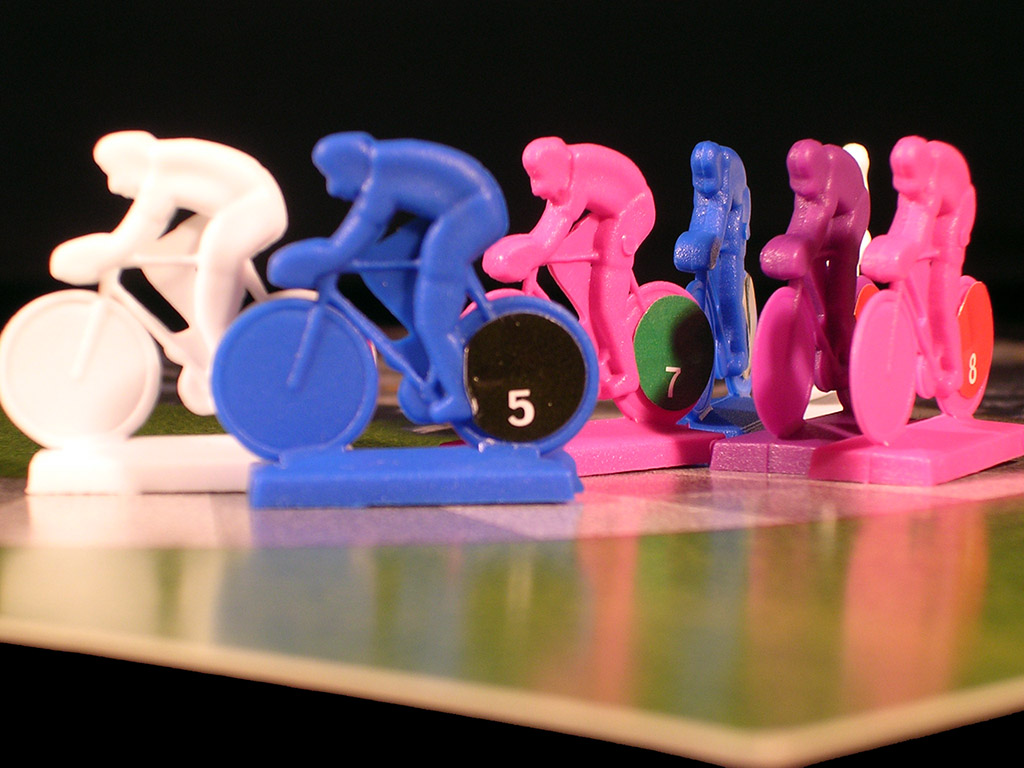
These plastic riders, however, are quite stable. They were quite common at
the turn of the century, featured in quite a number of games. I cannot say I
do not like them (I have used them myself for my games), and they do not
look too bad on the pictures (do they?), but of course they are the mark of
low-budget games.
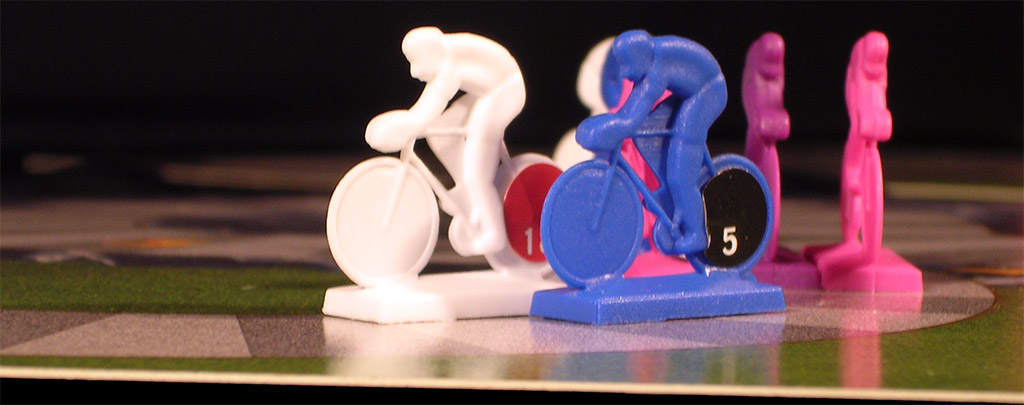
As I said above, Dirk Donvil sent me extra rules that had been left out of the game. He also sent me the original English rules, which may come in handy if you have the Lotto version, which just includes Dutch and French rules. The Daikin version included six languages, though the computer translations were not that good at the time. Check the titles of the Italian and Spanish rules to see what I mean. It is not important anymore, but, for those of you who do not speak Spanish, let me say that a "rulo" is a hair roller. And, of course, even if you do not speak Italian, you may know that Rigoletto is an opera by Giuseppe Verdi. (To be fair, let me add that the translations inside were quite correct; the problem was just in the booklet cover).
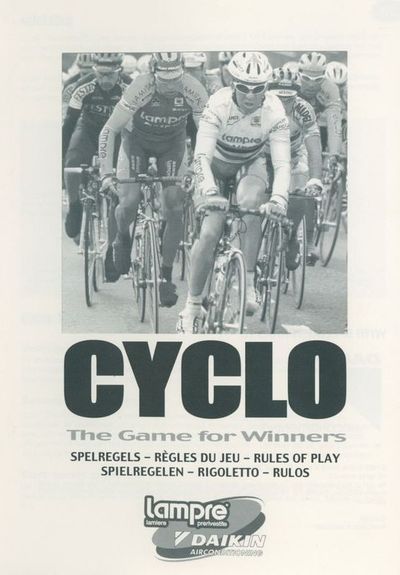
Cover of the Daikin rule booklet
By the way, here are the
original English rules that Dirk sent me.
Click to download (two separate doc files) if you still need them:
ORIGINAL RULES
(ENGLISH)
EXTRA RULES (ENGLISH)
Description rewritten in October 2025.
CULTURE
IDEASTOTUM REVOLUTUM
THUMBNAILSNAMES
ALPHABETICALCATEGORIES
LISTSWHAT'S NEW
BLOG